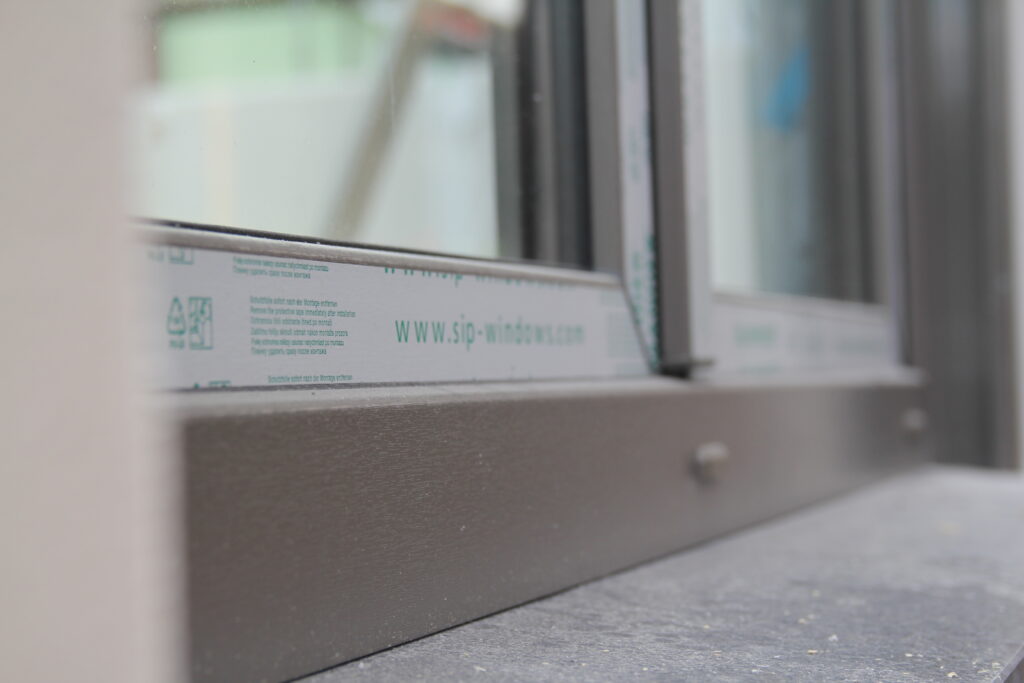Another major shakeup for the Building Regulations in June is the introduction of a new Part O to tackle overheating risk.
Within our usual SAP Calculation tools, this is currently graded from negligible, to low, moderate, high or excessive, and based on the risk in summer months. Anything less than a moderate risk is acceptable. This is informed by:
- Solar gain from windows,
- Ventilation and cross ventilation, based on window positions
- Thermal mass summer temperature for the dwelling’s location
The methodology in SAP is quite simplistic where compared to other simulation tools. In London more robust separate assessments are often required as a part of the planning process.
June Changes
In June 2022, a new Part O for Overheating is being introduced. This looks at mitigating overheating risk and takes over a lot of the functions from Part L and the planning requirements. You can follow either a ‘simplified’ or ‘complex’ method for compliance.
The simplified method includes measures such as limiting the glazing areas. These could be limited depending on the orientation, cross ventilation, and location. Big cities are far more vulnerable to higher temperatures due to the urban heat island effect and so locations are deemed higher risk if they are in parts of London and Manchester – with tighter standards to follow.
On summer nights London can be 8 degrees hotter than the surrounding countryside. In these locations designers will also need to provide shading for windows facing away from the north. This can be from shutters, improved glazing g-values, or overhangs.
Simple method:
Designs may require adjustment to:
-
- Glazing and ventilation size
- Shading by way of:
- External shutters with means of ventilation
- Glazing with a maximum g-value of 0.4 and a minimum light transmittance of 0.7
- Overhangs on south-facing façades
Complex method:
If preferred, dynamic thermal modelling can be used to carry out more sophisticated simulation to predict overheating risk using the CIBSE TM59 methodology. Planners in areas with a higher risk of overheating from the urban heat island effect, like London have been asking for these assessments during the planning process for some time.
Can we help with your project?
Call us on 0330 055 34 05 or email be@buildenergy.co.uk.
